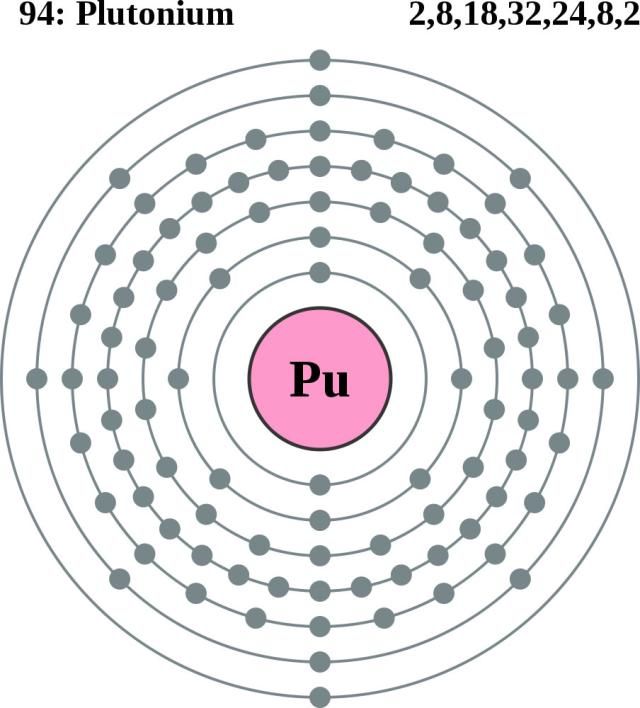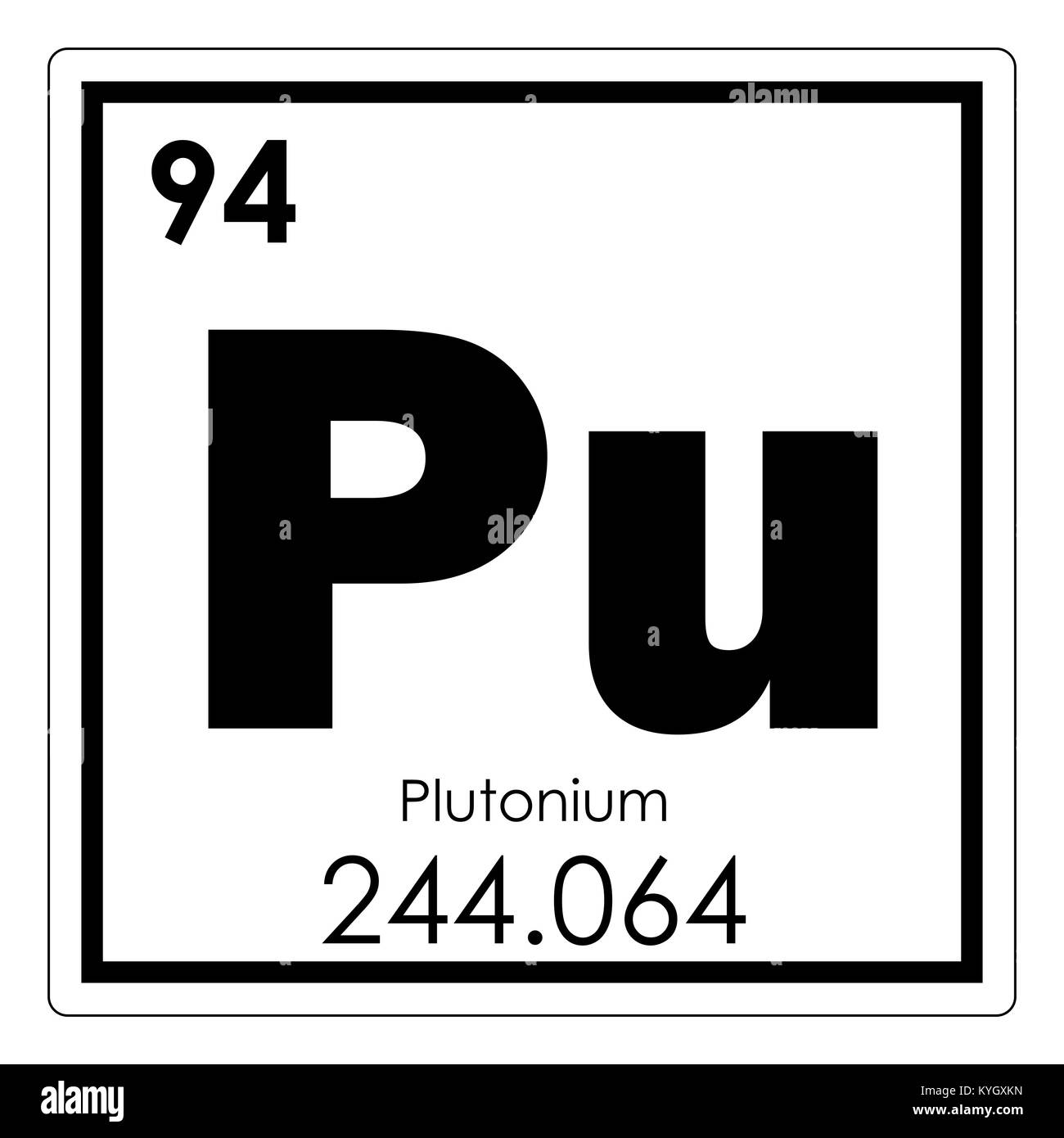

Α-neptunium takes on an orthorhombic structure, resembling a highly distorted body-centered cubic structure. Known properties of the allotropes of neptunium Neptunium allotrope The crystal structures of neptunium, protactinium, uranium, and plutonium do not have clear analogs among the lanthanides and are more similar to those of the 3d transition metals. This multiplicity of allotropes is common among the actinides. Some claims of a fourth allotrope have been made, but they are so far not proven. Neptunium is found in at least three allotropes. If accurate, this would give neptunium the largest liquid range of any element (3535 K passes between its melting and boiling points). The boiling point of neptunium is not empirically known and the usually given value of 4174 ☌ is extrapolated from the vapor pressure of the element. Neptunium melts at 639☓ ☌: this low melting point, a property the metal shares with the neighboring element plutonium (which has melting point 639.4 ☌), is due to the hybridization of the 5f and 6d orbitals and the formation of directional bonds in the metal. This reaction proceeds more rapidly as the temperature increases. When exposed to air at normal temperatures, it forms a thin oxide layer. Neptunium metal is similar to uranium in terms of physical workability. Neptunium is a hard metal, having a bulk modulus of 118 GPa, comparable to that of manganese. In the periodic table, it is located to the right of the actinide uranium, to the left of the actinide plutonium and below the lanthanide promethium. Neptunium is a hard, silvery, ductile, radioactive actinide metal. 4.5 Chalcogenides, pnictides, and carbidesĬharacteristics Physical.

It, and the isotope neptunium-239, are also found in trace amounts in uranium ores due to neutron capture reactions and beta decay. The longest-lived isotope of neptunium, neptunium-237, is a by-product of nuclear reactors and plutonium production. Neptunium has also been used in detectors of high-energy neutrons. While neptunium itself has no commercial uses at present, it is used as a precursor for the formation of plutonium-238, and in radioisotope thermal generators to provide electricity for spacecraft. The vast majority is generated as a by-product in conventional nuclear power reactors. Since then, most neptunium has been and still is produced by neutron irradiation of uranium in nuclear reactors. Abelson at the Berkeley Radiation Laboratory in 1940. It is radioactive, poisonous, pyrophoric, and capable of accumulating in bones, which makes the handling of neptunium dangerous.Īlthough many false claims of its discovery were made over the years, the element was first synthesized by Edwin McMillan and Philip H. The element occurs in three allotropic forms and it normally exhibits five oxidation states, ranging from +3 to +7. Neptunium metal is silvery and tarnishes when exposed to air. A neptunium atom has 93 protons and 93 electrons, of which seven are valence electrons. Its position in the periodic table just after uranium, named after the planet Uranus, led to it being named after Neptune, the next planet beyond Uranus. A radioactive actinide metal, neptunium is the first transuranic element.


Neptunium is a chemical element with the symbol Np and atomic number 93.


 0 kommentar(er)
0 kommentar(er)
